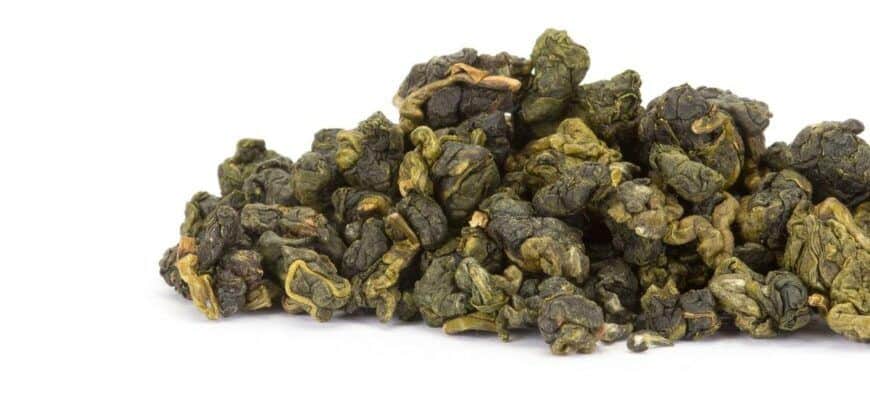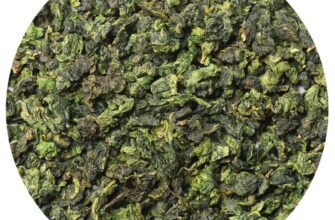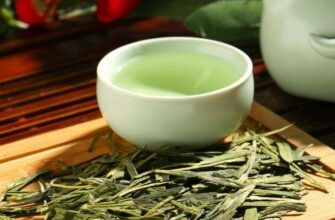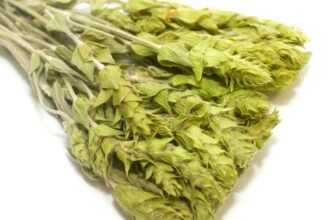Dong Ding Oolong is one of the most famous Formosa Oolong teas. It is also the only Formosa Oolong that sometimes appears in the list of the 10 most famous teas in China.
Authentic Dong Ding Oolong originally means tea made from tea leaves grown in gardens on Dong Ding Mountain at an altitude of 700-1200 meters above sea level. The tea is usually made from harvested one bud and two to three leaves, with an oxidation level of 25 to 35%.
The original cultivation area of Dong Ding is very small, but the annual production of Dong Ding is high. In fact, all oolong produced in Lugu Town is now Dong Ding Oolong tea. This type of tea is very difficult to find on the market if we are talking about the original Dong Ding, grown at an altitude of 1000 meters above sea level.
Like many Oolong teas, Dong Ding is also classified according to aroma, taste and aftertaste. Usually there are several types: light aroma, rich aroma, and jet black roast. Factors such as the level of fermentation, roasting time and temperature play a role in shaping the tea.
Dong Ding Oolong Cultivation Area
Dong Ding Oolong is a tea made from tea leaves grown in orchards on Dong Ding Mountain at an altitude of 700-1200 meters above sea level, in the highlands of Phoenix Mountain, Nantu County, Taiwan. The legend says that due to rainy weather and slippery paths, tea farmers had to move on their toes (freezing while doing so) to climb to the top of the hill and collect tea leaves. Therefore, the mountain is called Dong Ding (Frosty Peak). On Dong Ding Mountain, Kin-xi tea and other wonderful tea varieties grow. Altitude, sufficient amount of forest, good soil create excellent conditions for growing tea. Lugu Town, the main production area of Dong Ding Oolong, has an average annual temperature of about 22 degrees Celsius and an annual rainfall of 2200mm. This place has high atmospheric pressure and is always hidden by haze and fog. The soil in tea gardens is brown and has a high carrying capacity and enough stones so that water flows well through it and provides excellent conditions for growth. Tea is usually harvested in April-May and from November to December, the standard for harvesting is one bud and two leaves.
Read more:





